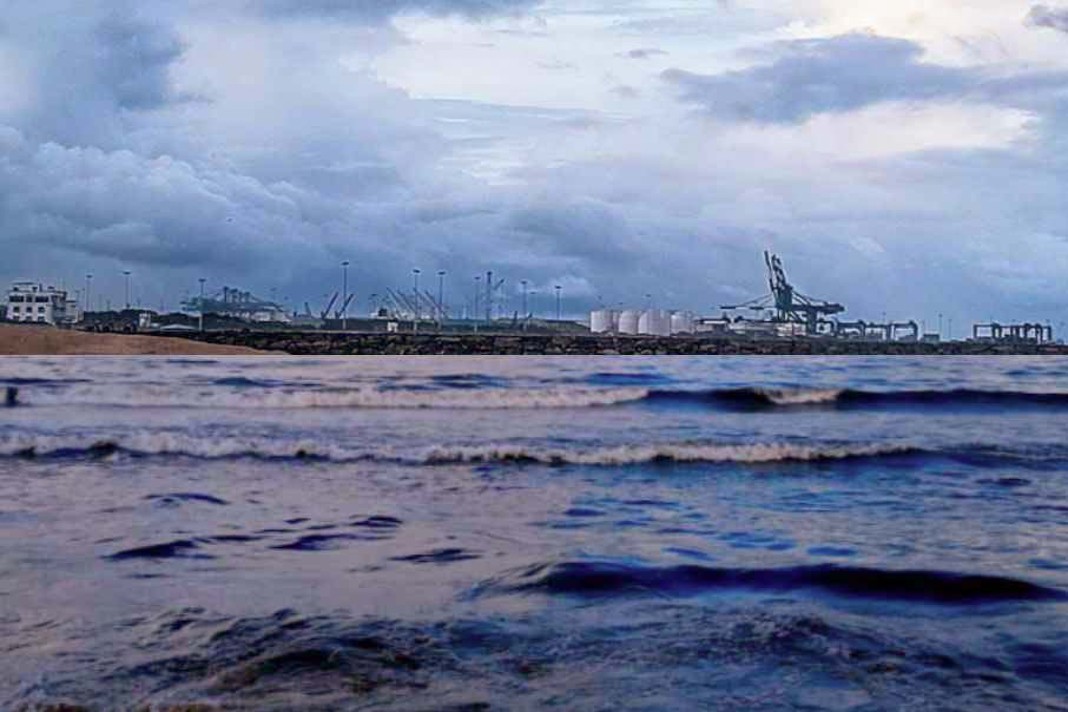The recent surge in global shipping costs has drawn parallels to Uber’s surge pricing, driven by a combination of geopolitical disruptions and economic recovery. Yawen Chen from Reuters Breakingviews highlights how recent events, such as missile attacks by Iran-aligned Houthi militants on ships bound for the Suez Canal, have significantly impacted freight rates, reports Reuters.
Freight Rate Spike
According to the Freightos index, spot prices for 40-foot containers across 12 major trade lanes saw a dramatic increase. Rates more than tripled from around $1,200 per trip in 2023 to a peak of $4,500 in June 2024. This spike is particularly puzzling given the substantial addition of new shipping capacity, with 2 million TEU (Twenty-foot Equivalent Units) added in 2023 and another 3 million TEU expected this year.
Factors Influencing the Surge
- Economic Rebound: Global manufacturing output surged at its fastest pace in 22 months as of May 2024, according to S&P Global’s Purchasing Managers’ Index. This economic upswing has driven up the demand for shipping.
- Port Strikes: Strikes at major ports in Germany, France, and potentially the United States have further strained the shipping system, causing delays and pushing up costs.
- Protectionist Trade Policies: The anticipation of increased tariffs, especially from the United States on Chinese goods, has led to a rush to expedite cargo deliveries. This “front-loading” effect is exacerbating the demand for shipping.
- Red Sea Disruptions: The closure of the Red Sea route has forced ships to detour via the Cape of Good Hope, adding up to two weeks of travel time for Asian cargo destined for Europe. This detour increases the need for more ships to maintain trade levels, contributing to the capacity crunch.
Impact on Shipping Companies
The surge in freight rates has been advantageous for shipping companies, particularly those with significant exposure to spot rates. For instance, Zim Integrated Shipping Services, which heavily relies on spot rates, has seen its shares rise by over 170% since mid-December. In contrast, Maersk, with less exposure to spot rates, saw a modest gain of 15%.
Potential Future Trends
The sustainability of this price surge is uncertain. Factors like economic policies, port labor conditions, and geopolitical tensions will play crucial roles. If geopolitical tensions, particularly in the Middle East, persist or escalate, freight rates could continue to rise. Freightos estimates suggest rates for certain routes could climb to as high as $9,000 in the coming months.
Did you subscribe to our daily Newsletter?
It’s Free! Click here to Subscribe
Source: Reuters
























